Strategic Communications Planning: Ocean Port and Restover Project
VerifiedAdded on 2022/10/15
|5
|847
|301
Project
AI Summary
This project presents a strategic communications plan designed for two cities, Ocean Port and Restover, in response to a major attack on their electronic power grid. The plan emphasizes the importance of inter-agency communication, understanding language and cultural barriers, and the need for updated finances, software, and equipment. It details the crucial roles of a community-based emergency response team, including personnel training, equipment usage, and contingency plans for power failures. The plan also covers the recruitment and training of a public spokesperson and outlines strategies for public information dissemination, including social media campaigns. The project acknowledges potential complications, such as language barriers with diverse populations and regulatory issues with military personnel, and concludes with recommendations for improved crisis management and the effective use of technology. The assignment also includes references to relevant literature on community-based disaster management.
1 out of 5
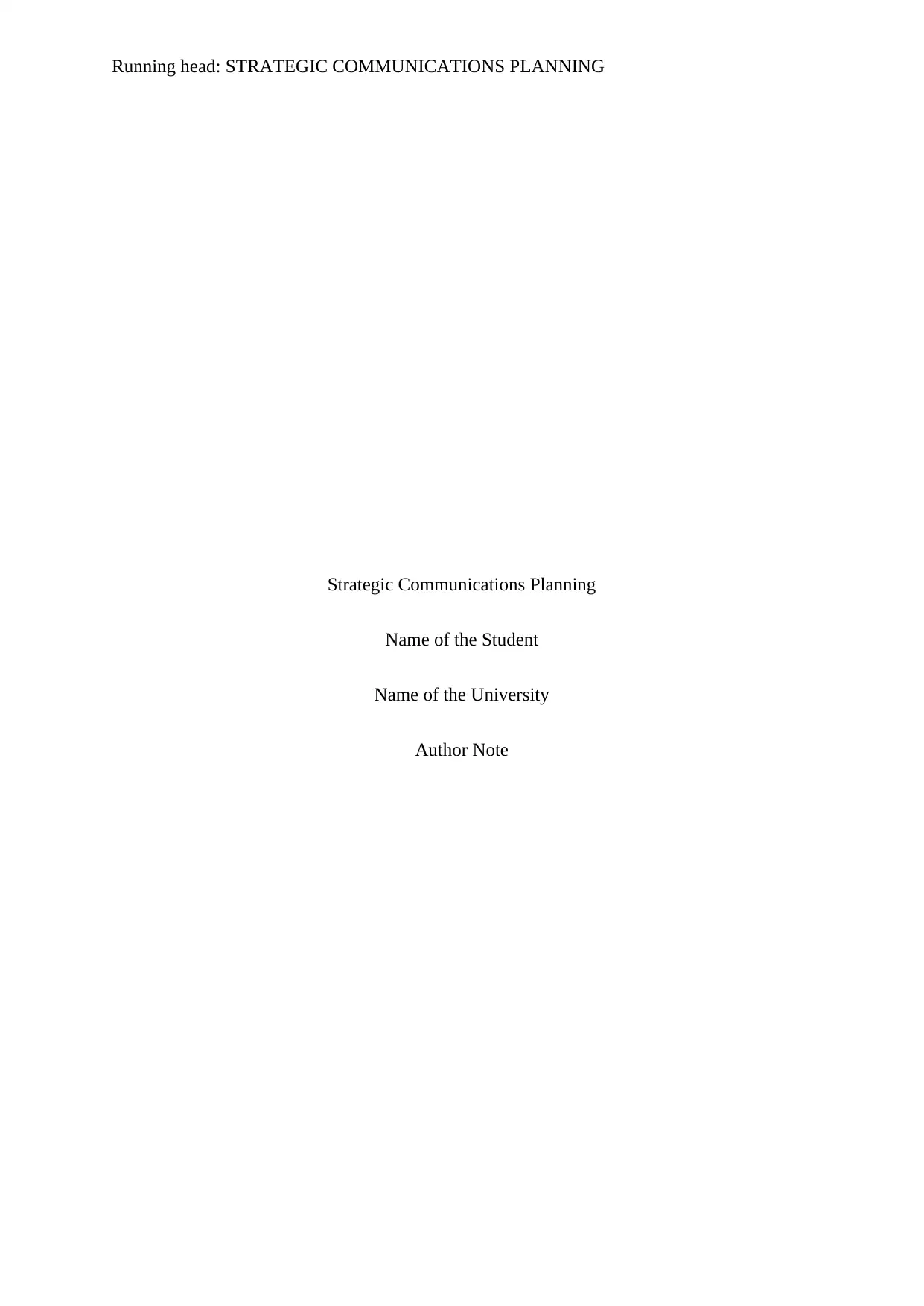
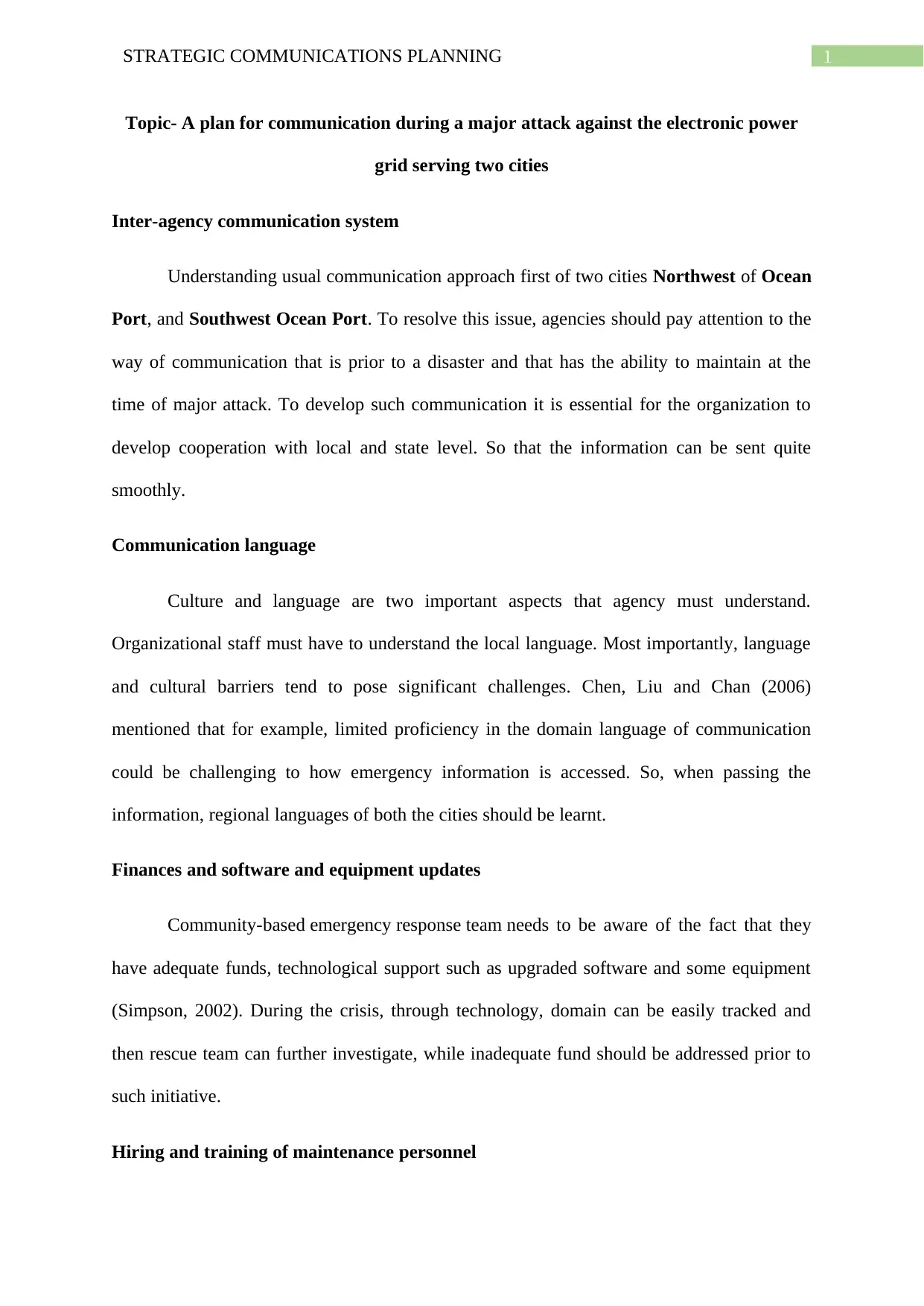
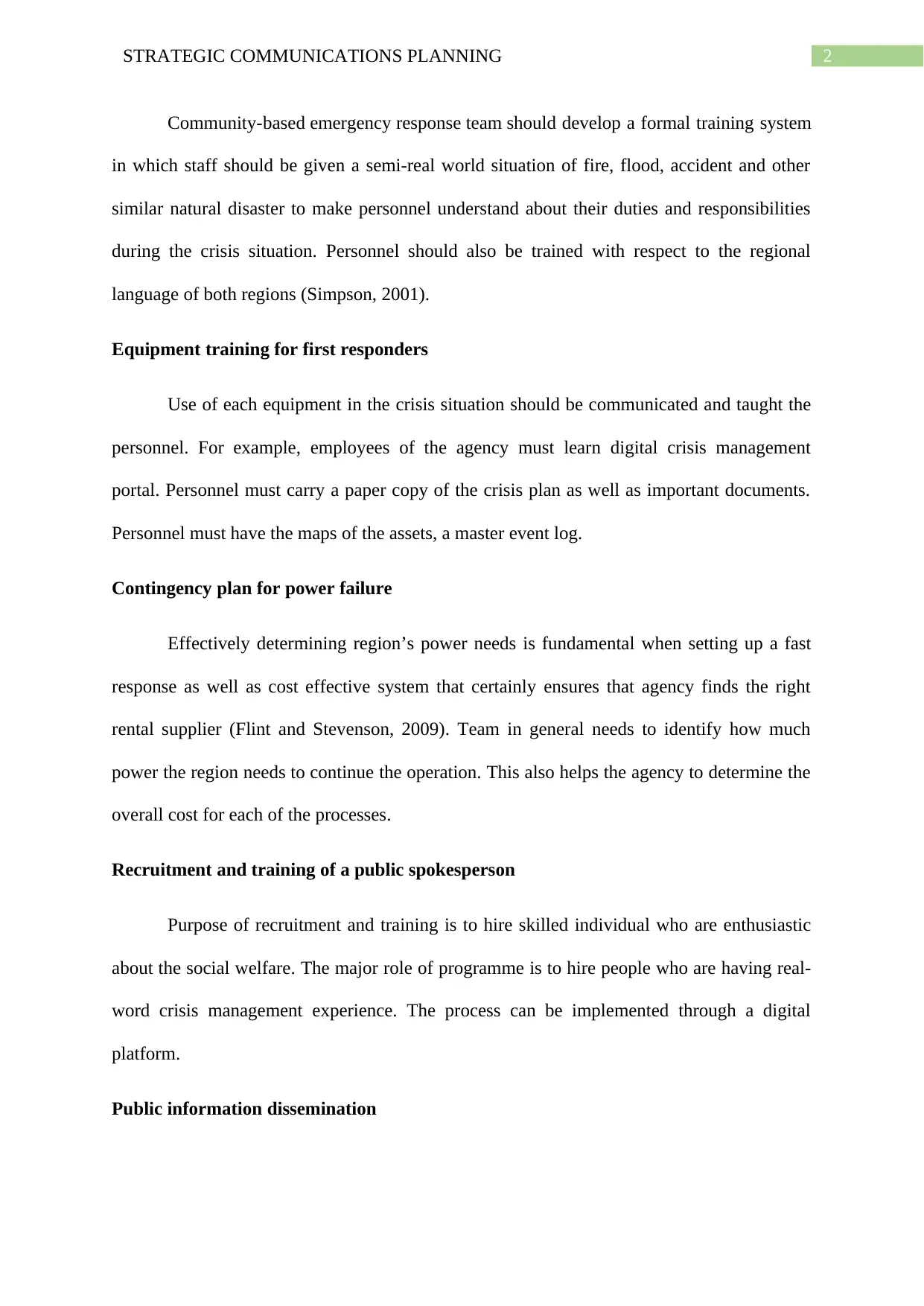

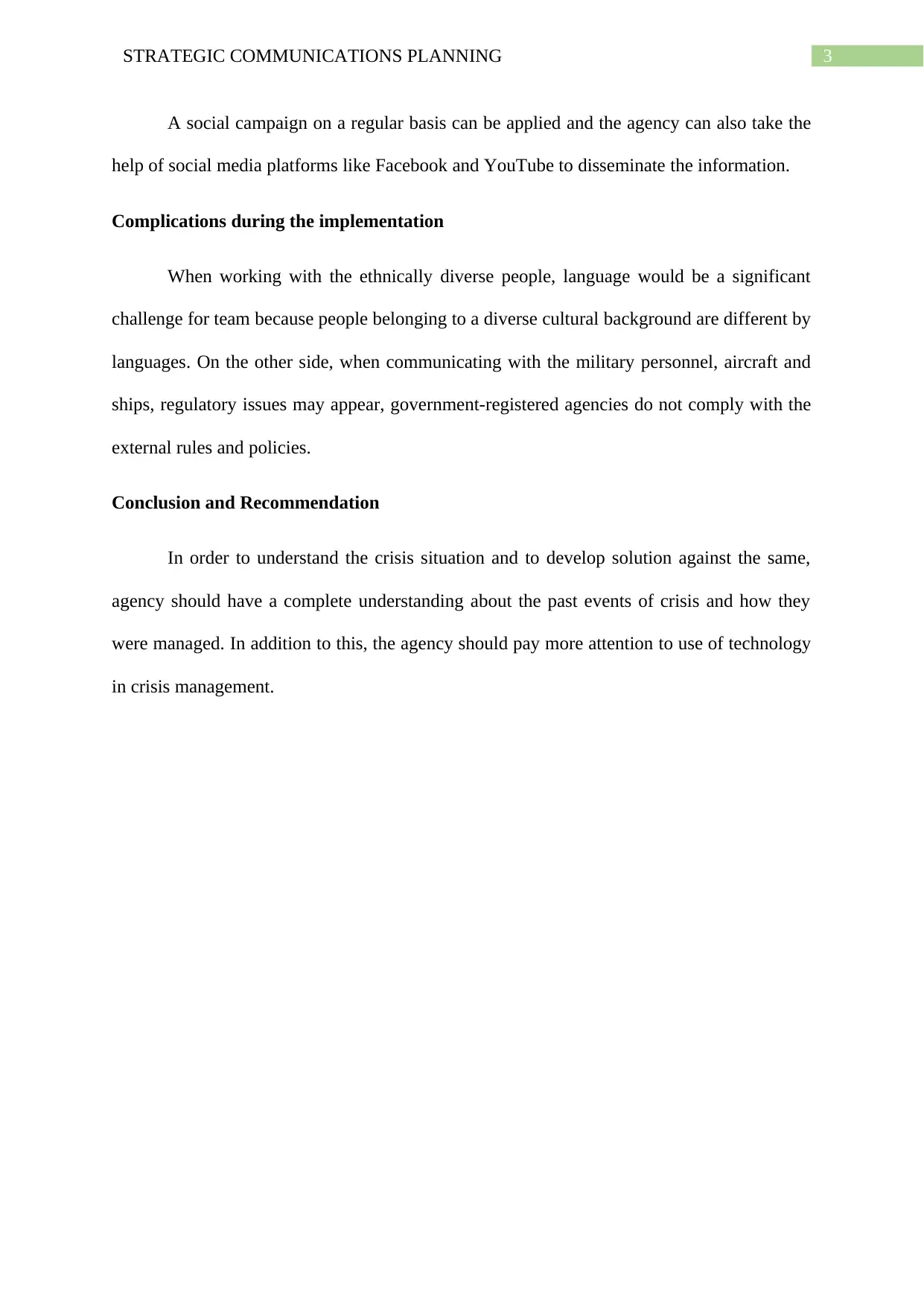
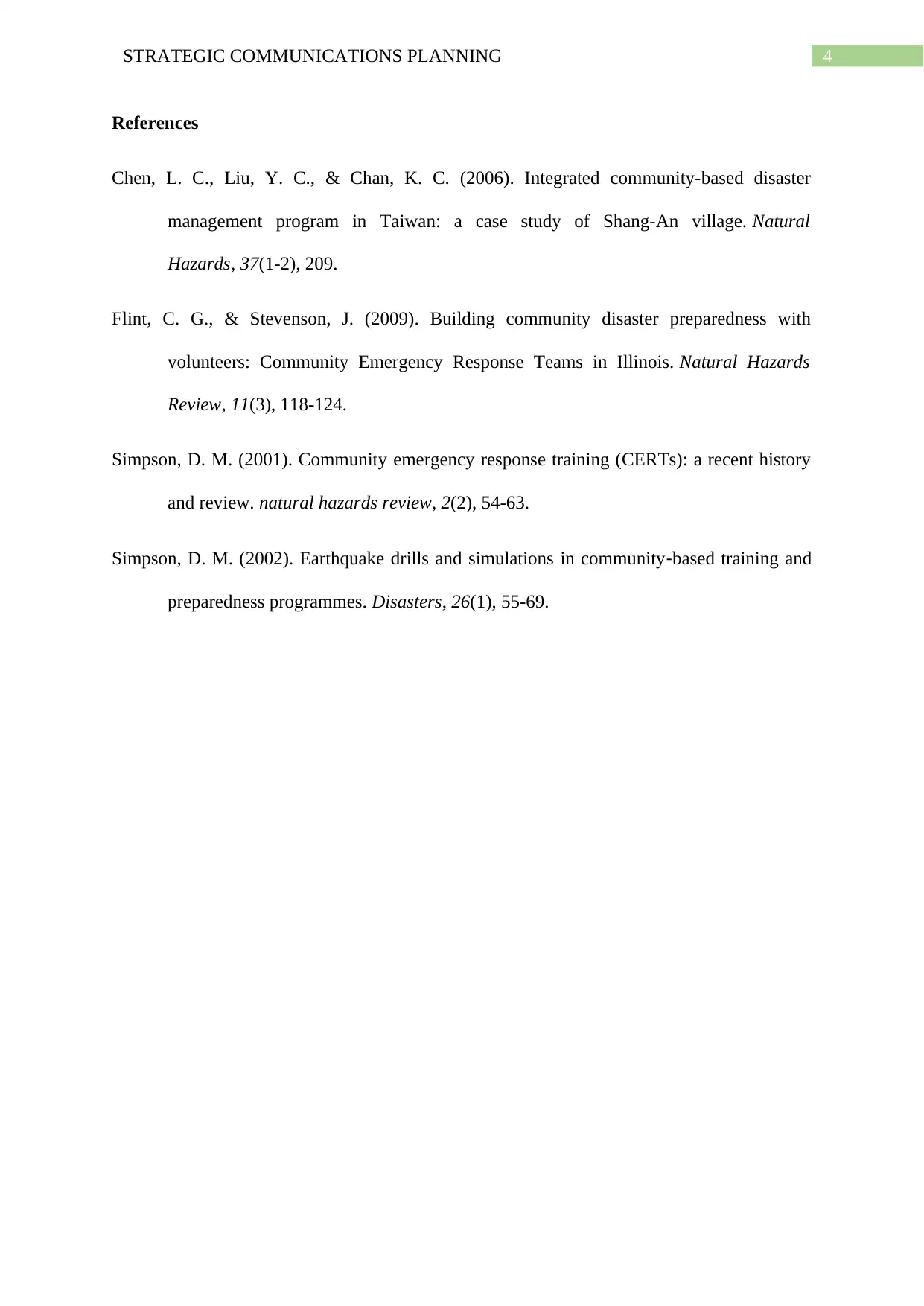




![[object Object]](/_next/static/media/star-bottom.7253800d.svg)